Strengthening Crop Resistance to Diseases Through Nutrition and Fungicides
For the past few years, we have talked about the concept of “antibiotics + vitamins,” referring to what the combination of fungicides and adequate nutrition can achieve for your crops. The right combination is critical for promoting health and fending off diseases and pests, and it all starts with a fungal screening of the seed.
Fungal screening is one of the most valuable tools that growers have at their fingertips. If the fungal screening indicates the presence of seed-borne diseases that may be a threat to your crop, with the guidance of your agronomist or ag retailer, you can make an informed decision about which seed-applied fungicide to use for seed protection.
As a further benefit, the treatment will also protect against some of the soil-borne pathogens present around the seed at planting which may limit growth and cause a variety of diseases that can set the young crop back in its development.
Along with the fungicide treatment, adding a Primer – especially Primer Mn – onto the seed will help to trigger the plant’s natural immunity and resistance to disease. Primer Mn is formulated with phosphorus, potassium, zinc and manganese, which are involved in root formation and growth. This makes the ratio of newly formed roots to those lost to disease higher, keeping water and nutrient absorption adequate while the seedlings are fighting disease. As well, manganese is a key micronutrient for the shikimate pathway that leads to the accumulation of secondary metabolites involved in plant defense.
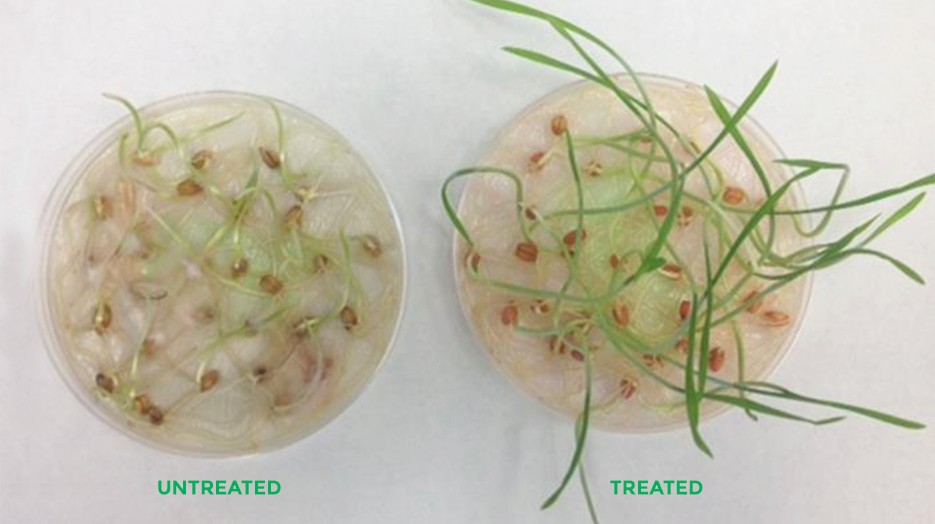
Enhancing Disease Resistance
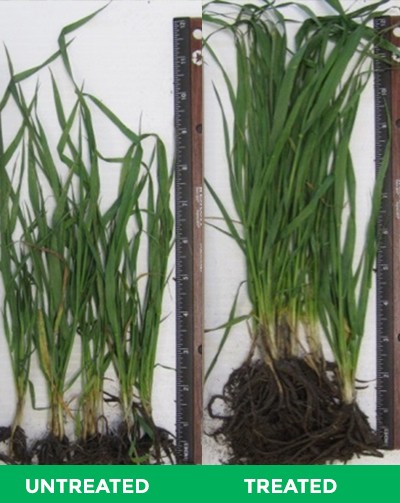
Some seed- and soil-borne diseases move up the plant’s stems and into the leaves causing decay, wilting and loss of green biomass. Leaf diseases can also express themselves in early season when the moisture and temperature conditions are gathered. Figure 2 demonstrates the difference in biomass between an untreated and treated plant.
There is a proven correlation between deficiency of certain micronutrients and some crop diseases, and by ensuring an adequate supply of these micronutrients you are helping to strengthen the plant’s resistance to diseases. For example, two diseases of cereal crops which are exacerbated by deficiency are take-all and ergot. When cereals are deficient in manganese, take-all can take hold, while a copper shortage results in a high incidence of ergot.
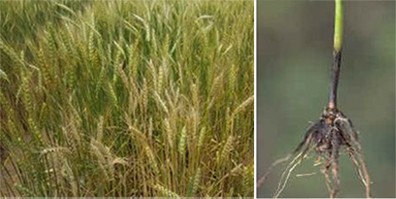
It’s also important to pay attention to nutrition during pesticide application, as certain herbicides are known to temporarily tie-up key micronutrients that play a role in plant defense responses. Supplying these micronutrients during or after herbicide application will help to prevent a deficiency and strengthen the plant’s resistance to disease.
Taking a look at these charts, you can see the effect that macronutrients (NPK) can have on crop diseases. Depending on the form or nutrient applied, as well as the host and diseases, diseases can be either increased or decreased.
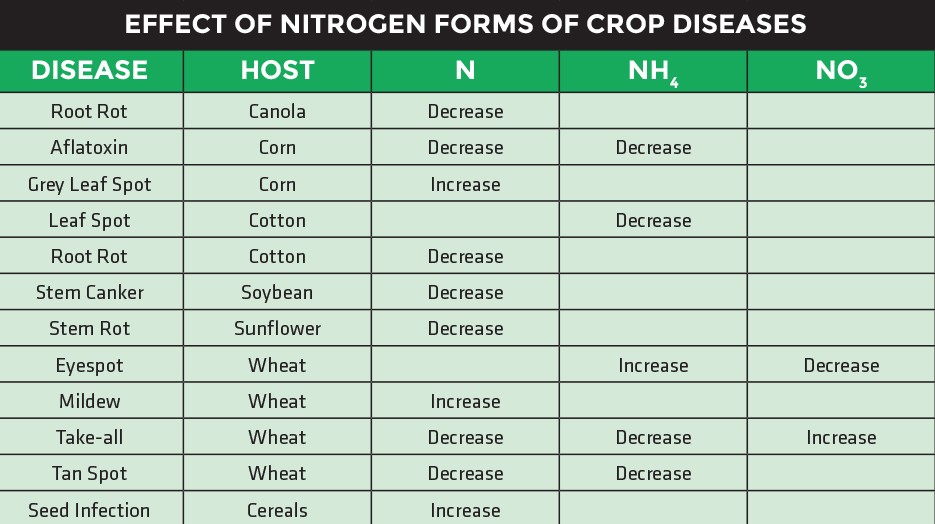
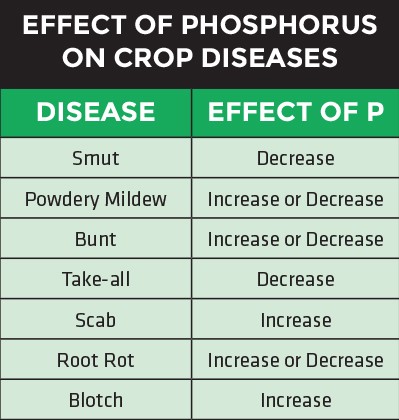
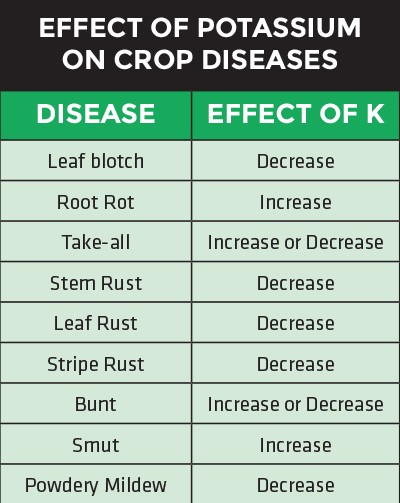
OMEX Has the Solution
Grow a stronger, healthier crop this year by starting with a seed-screening and a conversation with your OMEX representative.
Your rep can answer your questions and create a nutrient management strategy designed to strengthen your crop’s resistance to disease and help it perform under a range of biotic stresses.
Find out more about our extensive line up of seed-applied Primers, in-furrow Starters, in-crop Foliars and other specialty products by talking to your rep or clicking the product category links now.
Read more about fungal screening here: Have You Fungal-Screened Your Seed-Lot?
